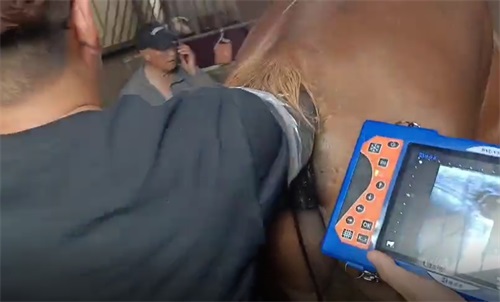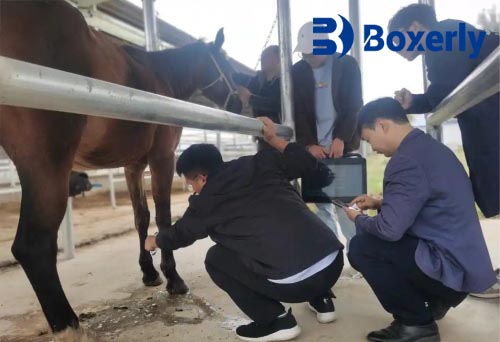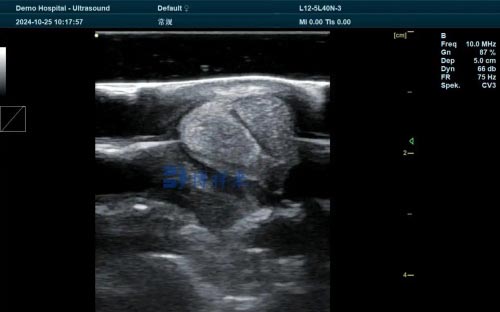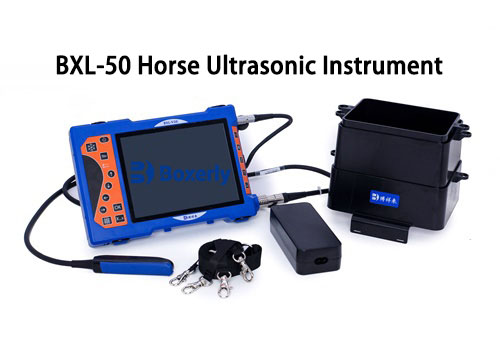Ultrasound examination is an essential tool for equine breeders to monitor the reproductive health of mares, especially during pregnancy. This non-invasive technique helps determine the presence of a fetus, estimate gestational age, detect twins, and monitor overall uterine health. In this comprehensive guide, we’ll walk through the process of ultrasonography in pregnant horses, what equipment is used, what to expect during different stages of gestation, and how BXL’s specialized equine ultrasound technology can enhance this crucial aspect of horse breeding.

Understanding the Importance of Equine Pregnancy Ultrasound
Early pregnancy detection in mares is a cornerstone of effective reproductive management. Knowing whether a mare is pregnant, how far along she is, and if there are any complications such as twin embryos or uterine abnormalities, allows for better planning and decision-making.
Ultrasound is typically used starting around Day 14-16 post-ovulation to confirm pregnancy. This is the ideal window to detect twin embryos, which must be reduced to avoid life-threatening complications. Routine scans are also performed throughout the pregnancy to monitor fetal development and health.
When to Ultrasound a Pregnant Mare
There are key milestones when an ultrasound should be performed:
Day 14–16: Early pregnancy check and twin detection.
Day 25–30: Confirmation of heartbeat and assessment of early embryonic health.
Day 45–60: Monitoring fetal development, viability, and uterine condition.
Mid-gestation (90–150 days): Evaluate placenta and fetal positioning.
Late gestation (after 250 days): Check fetal viability and prepare for foaling.
What You Need: Equipment and Setup
Performing an equine ultrasound requires specialized equipment. Key components include:
An ultrasound machine with a 5.0–7.5 MHz linear or convex rectal probe.
Lubricant and protective sleeves for rectal scanning.
Restraint equipment (stocks or halter and lead rope) for safety.
Experienced personnel to conduct the procedure safely and interpret the images.
The mare should be restrained in a safe and quiet area, with the tail wrapped or held aside. The rectum is gently cleared of feces, and the lubricated probe is inserted to visualize the uterus and ovaries.

Step-by-Step Process for Ultrasounding a Pregnant Mare
Restrain the mare in a calm and safe environment.
Clean and prepare the rectal area.
Insert the ultrasound probe rectally while monitoring the screen.
Identify the uterus and look for a fluid-filled embryonic vesicle.
Measure the vesicle, detect heartbeat (after ~Day 25), and note fetal activity.
Record findings for comparison in future examinations.
Throughout the process, care should be taken to minimize stress to the mare. An experienced technician can obtain quality images within a few minutes.

Using Advanced Ultrasound Equipment for Horses
Modern ultrasound machines tailored for large animals offer significant advantages. The BXL Equine Ultrasound System, for example, is specifically designed for use in veterinary reproductive work, with advanced features that support accurate diagnosis in horses.
BXL’s V50 model is equipped with high-resolution imaging that allows precise visualization of the fetus, uterus, and ovaries even in early pregnancy. Its portability, intuitive interface, and real-time image sharing capabilities make it ideal for barn or field use. The V50 also offers multiple preset modes optimized for equine use, reducing the time needed to adjust settings and enhancing image clarity across various stages of gestation.
Additionally, the V50 includes measurement and annotation tools that are critical for tracking fetal growth, detecting abnormalities, and ensuring complete reproductive records are maintained for each mare.

BXL-V50 Horse Ultrasonic Instrument
Final Thoughts
Ultrasounding a pregnant horse is an essential practice that helps breeders make informed decisions, increase foaling success rates, and maintain the health of both mare and foal. With the right knowledge and the use of high-quality equipment like the BXL V50, equine professionals can streamline the pregnancy monitoring process with confidence and precision. Whether confirming pregnancy or preparing for delivery, ultrasound technology plays a key role in responsible and efficient horse breeding.
tags:


